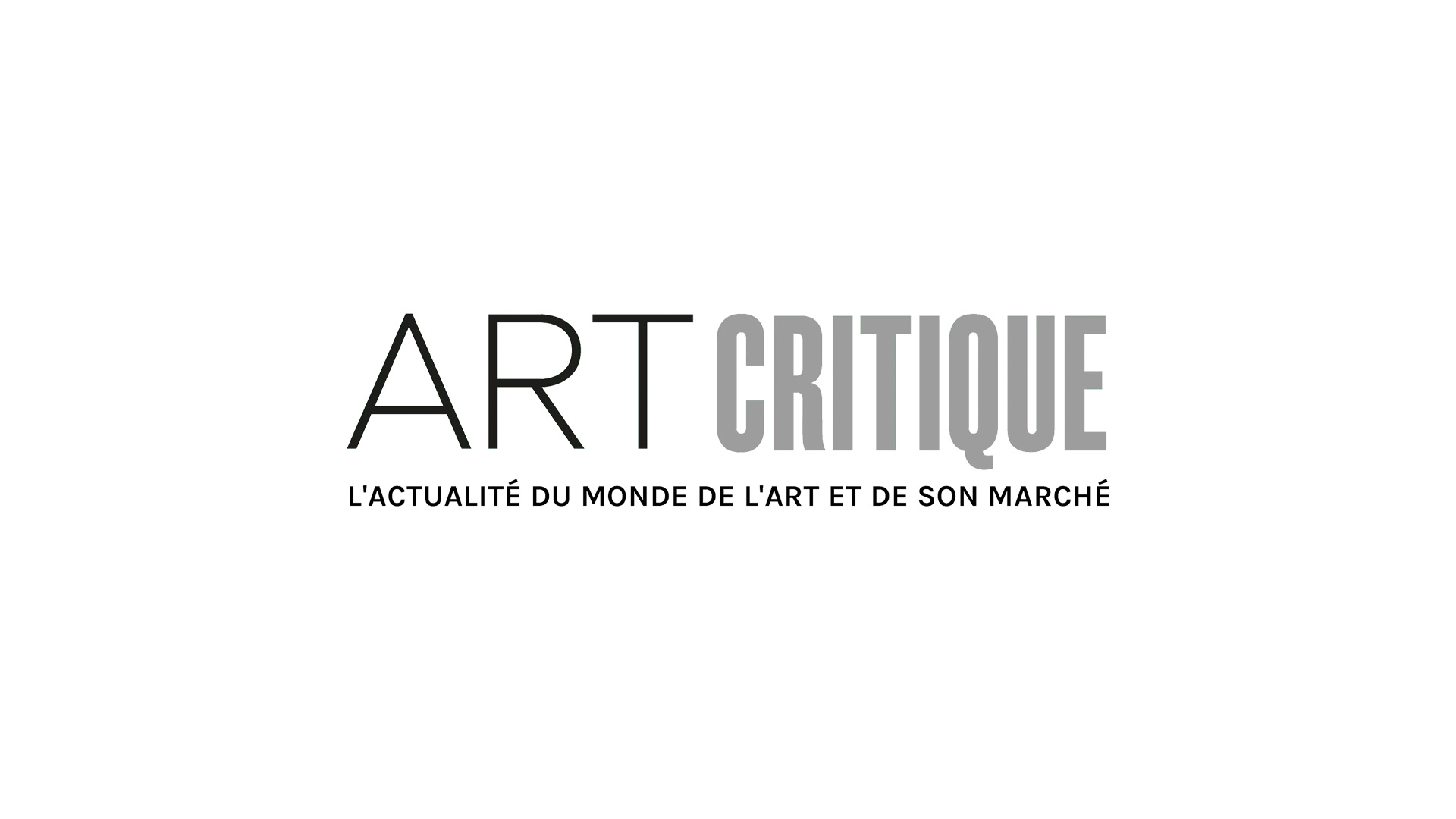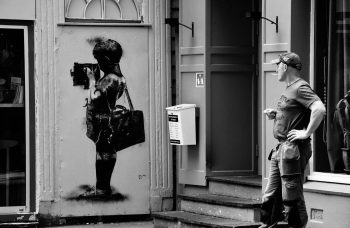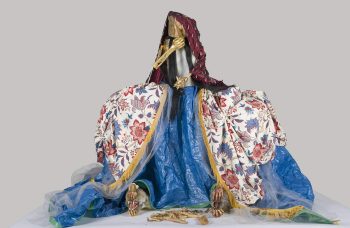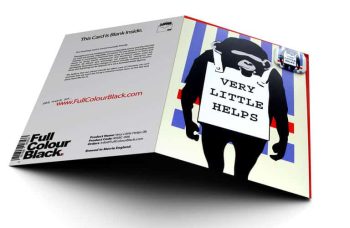‘If the majority of images that you see of yourself are negative,’ artist Mikael Owunna tells NPR, ‘if people who look like you are dead or dying or captured in a negative light, how do those images enter your body?’
This was a catalyst for Owunna’s photo series ‘Infinite Essence,’ a photography series that is nothing short of ethereal. The photos Owunna captured are simply stunning – but they are rooted in a much deeper place and intended to create positive associations.

Born in Pittsburgh, Pennsylvania, the Nigerian-Swedish photographer became hyper-aware of the violence against people of colour, specifically black people, relayed through the media. The proliferation of such images in recent years compelled Owunna to create a different narrative, not to cover up persistent issues, but to offer a different version of how black bodies are depicted. The 2014 killing of Michael Brown by police officer Darren Wilson was the final push that Owunna needed to explore ‘Infinite Essence.’
Owunna harked back to when he was a teenager dealing with the difficulties of being a queer, bullied, and isolated student at his Ohio boarding school. During that time, the fantasies offered through anime and video games gave him an outlet. Playing off the anime that helped him through that time, he wanted to somehow create, in real life, the sparkles – known as Bishie Sparkles – that sometimes emanate from anime figures.

So, utilizing UV paint, complete darkness, and a camera fashioned with a black light, Owunna does just that, causing the human figure to transcend the earthly and become magic.
Hand painting his models, who have ranged from family to complete strangers, Owunna works with them for hours to capture incredible photos the painted figure, which is otherwise invisible to the naked eye. The process becomes collaborative; the models choose the paint colours, Owunna guides them through poses, all the while, trust is paramount. Owunna also guides the model to work with and against certain themes. Masculinity, for example, is a recurring theme that he and his subjects grapple with to express tenderness ‘because masculinity is never really equated with tenderness.’
He then prints the images on sheets of aluminium. His choice of substrate is two-fold as it calls on the West African tradition of metallurgy, inherently linking the models to their ancestors. Aluminium is also a soft metal and is therefore deceivingly fragile. It creates a link between his works, the ‘fragility of the black body,’ and the murder of black children in recent years – Owunna specifically references Tamir Rice (age 12), Aiyana Stanley-Jones (7), Trayvon Martin (17), and Antwon Rose Jr. (17), four young lives cut far too short.

The two-year-old project takes its name directly from the writing of Chinua Achebe on odinani (traditional Igbo spirituality) and the existence of chi. In his essay ‘Chi in Igbo Cosmology,’ Achebe questions: ‘[…] is chi an infinitesimal manifestation of Chukwu’s infinite essence given to each of us separately and uniquely, a single ray from the sun’s boundless radiance?’ ‘I have started this series with more questions than answers,’ says Owunna in his statement for the series. ‘But with each click of my camera working to decipher a bit more of the puzzle of this blessing of life in the black body.’
‘[R}egardless of our experiences of oppression on the physical plane,’ says Owunna. ‘[W]e are infinite. As infinite as the universe, and the stardust that forms every fiber of our beings.’ His photographs elevate the bodies of his subjects to the celestial, showing the often-hidden universe inside of each figure as a counter to the ‘trope of the black body as a site of death.’
















